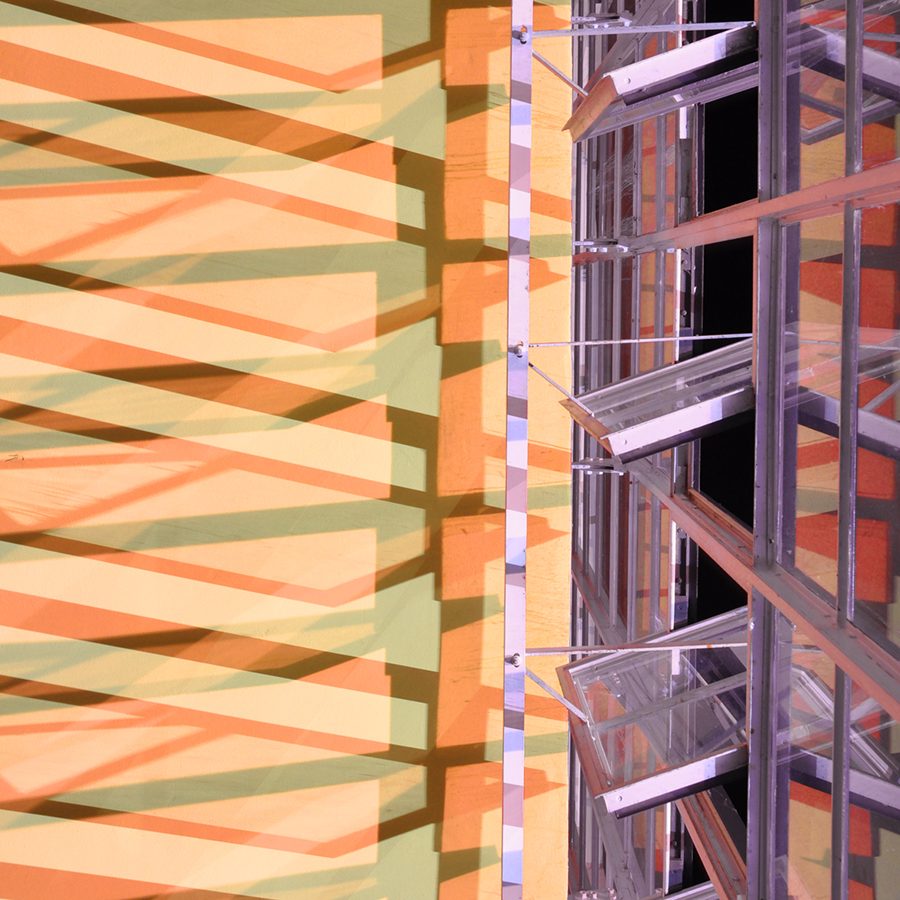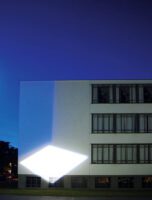Parallel to the development of modernism, a separation of the design profession into a planning-conceptual and a craft-executing part has become established, which is problematic for many reasons. As a result, few architects and designers today can rely on their own experience of craftsmanship in their design work, which is essential for the visual design of material culture. However, color only becomes a modern design tool when planners have comprehensive theoretical knowledge that they can apply against the background of their own practical experience.
While Bauhaus pedagogy in the field of color was based on a foundation of practical skills and theoretical knowledge, the Ulm School of Design led to a shift in design education towards scientific, technological and methodological strategies. The newly created subject “Visual Design” included film and photography, graphic design and typography and was subsequently extended to product design, architecture, urban planning and art as “Visual Communication”. As a medium of visual design, color formed an integral part of visual communication alongside form and writing.
To date, this semiotically based field of knowledge has only become established in the area of visual design of image media, from which numerous practical applications benefit. Professional image producers from the fields of graphics, illustration, print, internet and film know the formal and content-related effects of colors and can use them in a targeted and efficient way to convey messages on the basis of practical application knowledge. Degree courses such as “Communication Design” or “Information Design” offer the still untapped opportunity for a holistic approach to visual design and communication in image, sculpture, performance and space.
In architecture and urban planning, education in the field of technology has become more scientific, which is why the canon of subjects is geared towards engineering topics. Consequently, the communicative aspects of the built space take a back seat, which is why color cannot be used strategically as a design tool for the visual communication of content and functional meanings. Like the technological effects, the multi-layered communicative effects of color must be considered throughout the entire design, planning and implementation process.
To achieve this, color must first of all experience a holistic perception of its function as a line-, surface-, body- and space-forming element, as an emotionalizing communication medium, as an identification-forming orientation system, as a visual-haptic surface quality as well as an atmospheric light quality. The communication science, cultural history, natural science, technology, aesthetics and practical application of color should therefore be dealt with in all educational institutions of crafts, technology, design, art and architecture. No one can avoid dealing with color, because Paul Watzlawick’s axiom also applies to the medium of visual design and communication: you cannot not design in color.
663. Schleswig-Holstein building discussion
Holstenhalle 2 of the Hallenbetriebe Neumünster
Wednesday, 10.02.2016, 10.00-16.00 h



